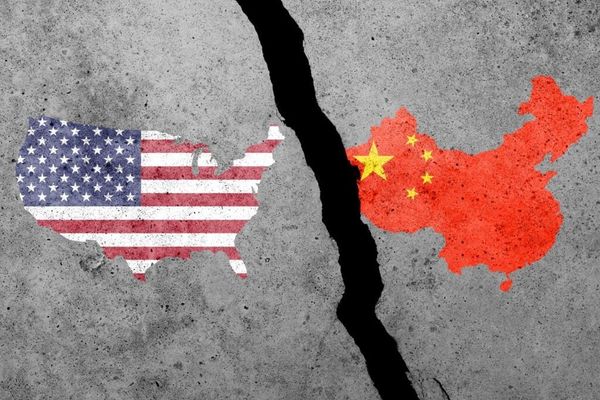In the nearly three weeks that have passed since Israel and Hamas concluded the ceasefire agreement, there have been five exchanges of hostages and prisoners. These exchanges have not been without last-minute hitches and delays, but they have taken place – to the immense joy and relief of the families and friends of those who have returned, and doubtless to the satisfaction of the many officials who concluded and helped to broker the agreement.
The procession of displaced Palestinians returning to northern Gaza, many seemingly in good heart, has also been an extraordinary testament to human resilience, given that most were setting off on the journey more in hope than in confidence that they would have any sort of home to return to. Their determination to return is all the more impressive given the immediate need that exists for food and medical aid, not to mention the gargantuan task of reconstruction that lies ahead.
There has been progress on the military front, too. On Sunday, in compliance with the ceasefire agreement, Israeli forces completed their withdrawal from the Netzarim corridor – the east-west line that bisects Gaza – allowing road traffic to flow between the south and north of the strip. Security checks for vehicles remain, though they will be conducted by US and Egyptian contractors. Israel’s military presence in Gaza is now limited to a buffer zone around its external borders.
However, for all that the agreement, signed on 15 January, has been holding – something that was not to be taken for granted – the fifth hostage and prisoner exchange, which took place on Saturday, came with what could be some of the first ominous signs. Whereas past exchanges had prompted widespread relief, especially among Israelis, at the physical health of their returnees, this time there was consternation when the three men were handed over. Emaciated and pale, looking many years older than their pre-captivity pictures, they invited emotive comparisons with concentration camp survivors.
There was additional anger on Israel’s side, and concern expressed by the International Red Cross (IRC), about the staging of the release, as the former hostages were paraded and interviewed amid a crowd of masked and armed fighters before they were handed over. There were charges on the Palestinian side, too, that some of their prisoners had been tortured, with seven – of the nearly 200 released – reportedly taken to hospital on their return.
None of these developments bode well. Given the extreme fragility of the ceasefire in the first place, such concerns and recriminations only increase the risk that the whole three-stage agreement could unravel before the first, six-week stage has even reached half way.
Yet it must be in the interests of both sides, and of the region as a whole, to ensure that this does not happen. In particular, Hamas needs to respect the appeal of the IRC for greater privacy around any future handovers. However tempting it may be, its leaders should not be permitted to use these occasions to mount shows of force.
It is also worth stressing that the results so far have been positive, with 21 people released to Israel and 566 released to the Palestinians – people who would otherwise still be in captivity. Israel is expecting 33 to be released in all – eight of whom are believed to have died – with the Palestinians expecting 1,900.
With each stage of the agreement dependent on the completion of the previous one, any breakdown would mean not only the failure of this stage, but that there would be no talks on the second stage – which is to involve a permanent ceasefire and complete Israeli withdrawal from Gaza – and that the envisaged third stage, a multi-year plan for reconstruction, would effectively be abandoned, too. Any failure to start the second stage would, in turn, increase the risk that Israel might decide to end the ceasefire, as Israel’s right wing is pressing the country’s prime minister, Benjamin Netanyahu, to do.
As well as being prepared to step back from the brink, both sides must also be ready to sidestep further risks that may be created by surprises coming from outside. One such was US president Donald Trump’s talk – which he mercifully stepped back from – of turning Gaza into a “Middle Eastern riviera”: a plan that could entail Palestinian deportations. It was clear almost at once that there was no support for such a fantasy among Israel’s neighbours, and it was met with fierce hostility by Gazans themselves.
The current priority must be for everyone concerned to ignore distractions and to honour their commitment to the first stage of the agreement, so that talks can advance to the terms for a permanent ceasefire.
If Mr Trump is serious about becoming a peace-making president, then doing nothing to divert either party from their obligations, and doing everything in his power to ensure that the agreement reaches its next stage, would be a good place to start.







